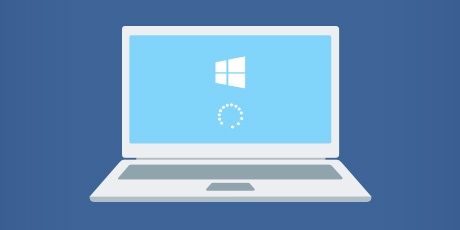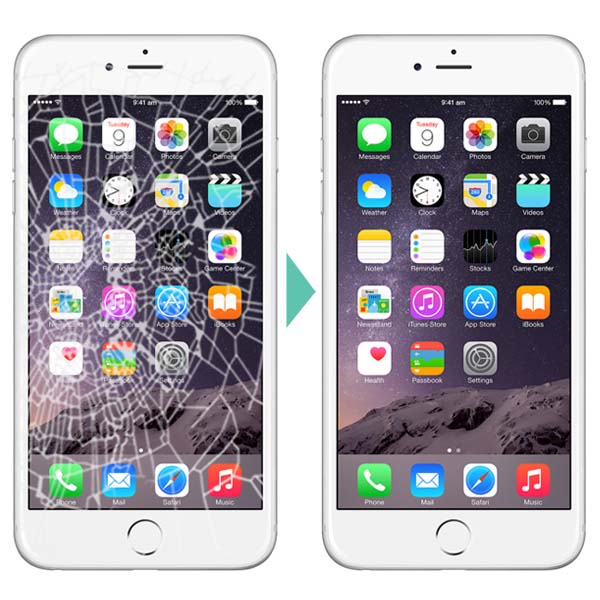
Apple Mac Won’t Boot
January 23, 2019
New Phone Repair Store opened in Auckland City
July 30, 2019Advice on How to Repair a Computer That Won’t Boot
This article answers as far as possible the questions of “how to repair a computer that won’t boot? and “why won’t my computer boot?”
We know that there are few things worse than pressing the power button on your computer and getting the response of a dead or inert computer. It might be a relatively simple repair but often ends up being something far more complex – something that may involve software (things like the operating system, your programs/ installations) hardware or both. Also, how would you know why your computer won’t boot and what do you do to find out how to repair a computer that won’t boot?
Before considering your options and deciding what you should do next, you need to ask yourself a few relevant questions, including (if it is a PC):
If you happen to own an Apple Mac, those questions will be similar and no less relevant – only the specifics will differ. You might still be running Snow Leopard (Mac OS 10.6), Lion (10.7) or Mountain Lion (10.8).



